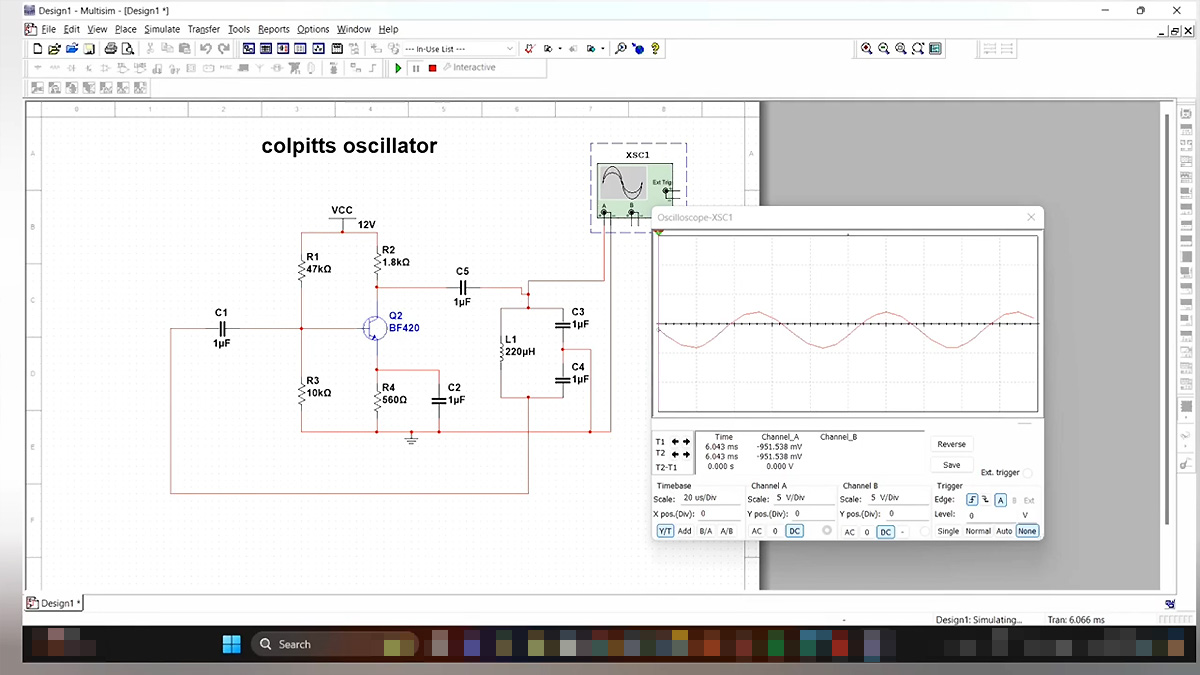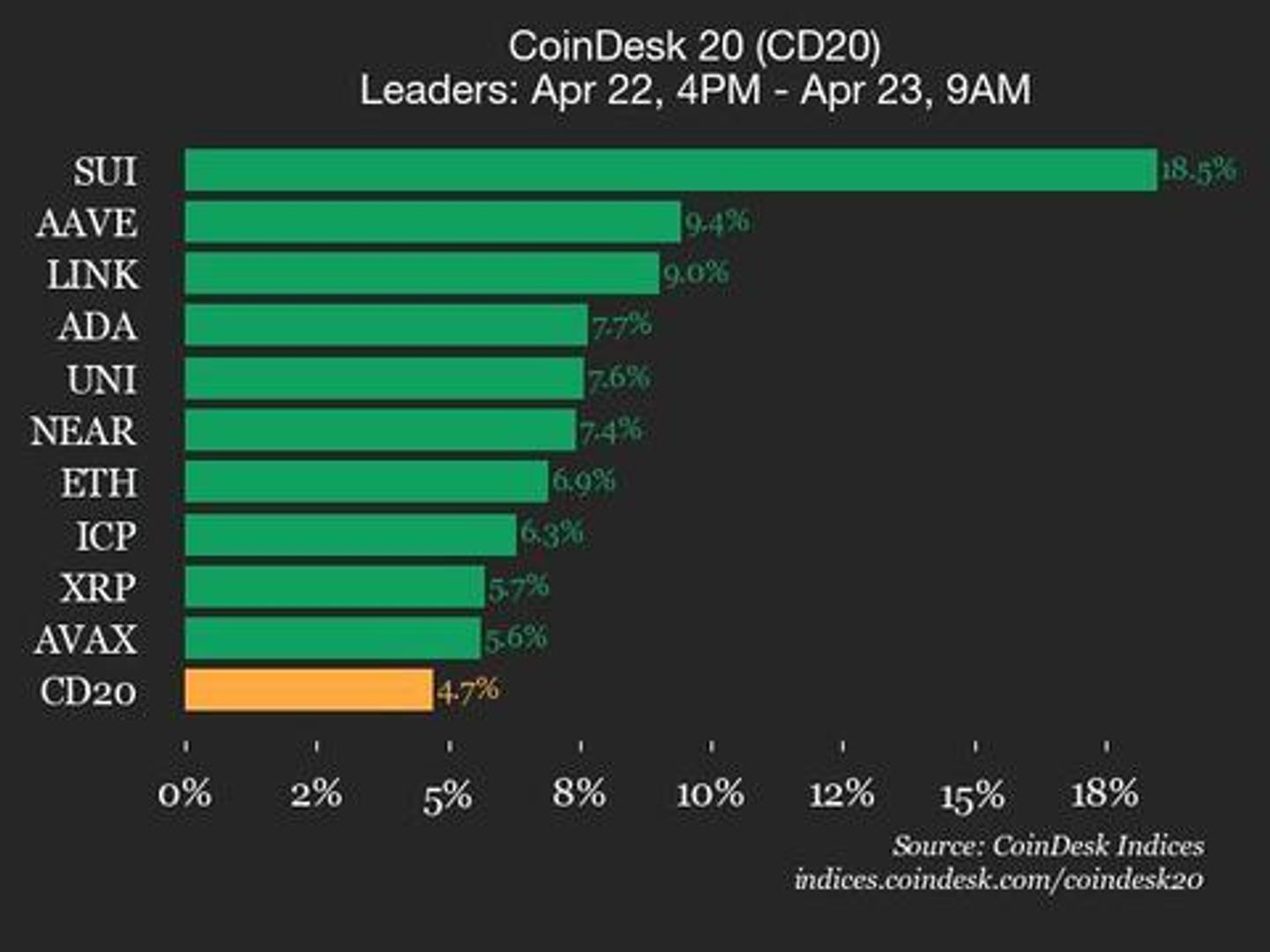Achieve Higher Levels of Efficiency through a DevOps Maturity Model Assessment
The DevOps Maturity Model Assessment is vital for organizations striving to optimize their Software Development Life Cycle (SDLC) and achieve higher operational efficiency. By evaluating the level of DevOps maturity within an organization, teams can identify areas for improvement, enhance collaboration between development and operations, and align practices with corporate objectives. This blog outlines the components, significance, and implementation of a DevOps maturity model assessment, offering insights into how organizations can leverage it for continuous improvement. Understanding the DevOps Maturity Model A DevOps maturity model serves as a framework for evaluating an organization’s software development and operations practices. Typically structured in levels, this model outlines the progression of DevOps adoption from initial to optimized states: Initial Level: Organizations at this stage often experience high deployment failure rates due to siloed teams with minimal collaboration. The development process lacks defined practices, leading to inefficiencies that hinder productivity. Managed Level: Teams adopt basic DevOps practices at this level, focusing on Continuous Integration (CI) and Continuous Deployment (CD). However, collaboration between development and operations teams remains limited, and processes still require further automation. Defined Level: Organizations establish more defined processes and metrics for measuring performance. DevOps teams actively engage in practices that promote continuous improvement, fostering a culture of accountability and enhanced communication. Quantitatively Managed Level: Organizations utilize data-driven metrics to evaluate and measure their DevOps maturity. This level emphasizes monitoring performance indicators such as deployment frequency and lead time to identify areas for further enhancement. Optimizing Level: The highest maturity level reflects a fully integrated DevOps culture of continuous learning and improvement. Organizations at this stage employ advanced practices and tools, ensuring alignment with business goals and corporate policies. Significance of a DevOps Maturity Assessment Conducting a DevOps maturity assessment gives organizations a structured approach to identifying strengths and weaknesses in their current practices. The significance of this assessment lies in several key areas: Identify Areas for Improvement: The assessment highlights specific practices within the development process that require enhancement, such as inefficiencies in the CI/CD pipeline or inadequate testing practices, enabling teams to take corrective action. Enhance Collaboration: A core tenet of DevOps is fostering collaboration between development and operations teams. An assessment can pinpoint gaps in communication and cooperation, allowing organizations to implement targeted initiatives that promote teamwork. Facilitate Continuous Improvement: DevOps fundamentally focuses on continuous improvement. Regular assessments enable organizations to track their progress, ensuring agility and responsiveness to changing business demands and technological advancements. Measure DevOps Practices: Understanding the effectiveness of existing DevOps practices is crucial. The assessment provides a basis for measuring key performance indicators (KPIs) such as lead time, deployment frequency, and mean time to recovery (MTTR). Improve Customer Satisfaction: By optimizing DevOps practices, organizations can accelerate their development cycles and deliver high-quality software products more rapidly. This enhancement ultimately leads to increased customer satisfaction, fulfilling the goal of providing value through efficient and effective development processes. Implementing the DevOps Maturity Assessment Implementing a DevOps maturity model assessment is pivotal for organizations looking to enhance their development and operational processes. This structured approach facilitates a comprehensive evaluation of current practices, highlighting areas for improvement and opportunities for collaboration between teams. Define Objectives: Clearly articulate the goals of the assessment, focusing on specific DevOps practices or conducting a comprehensive evaluation of the entire DevOps culture. Select a Framework: Choose a suitable DevOps maturity model that aligns with organizational objectives. Established frameworks such as the DORA metrics or the CALMS model (Culture, Automation, Lean, Measurement, and Sharing) can provide valuable guidance. Gather Data: Collect relevant data from various sources, including team feedback, performance metrics, and process documentation. This data will form the basis of the assessment and provide insights into current practices. Evaluate Current Practices: Assess existing DevOps practices against the chosen maturity model, considering collaboration between development and operations, automation levels, and overall

The DevOps Maturity Model Assessment is vital for organizations striving to optimize their Software Development Life Cycle (SDLC) and achieve higher operational efficiency. By evaluating the level of DevOps maturity within an organization, teams can identify areas for improvement, enhance collaboration between development and operations, and align practices with corporate objectives. This blog outlines the components, significance, and implementation of a DevOps maturity model assessment, offering insights into how organizations can leverage it for continuous improvement.
Understanding the DevOps Maturity Model
A DevOps maturity model serves as a framework for evaluating an organization’s software development and operations practices. Typically structured in levels, this model outlines the progression of DevOps adoption from initial to optimized states:
- Initial Level: Organizations at this stage often experience high deployment failure rates due to siloed teams with minimal collaboration. The development process lacks defined practices, leading to inefficiencies that hinder productivity.
- Managed Level: Teams adopt basic DevOps practices at this level, focusing on Continuous Integration (CI) and Continuous Deployment (CD). However, collaboration between development and operations teams remains limited, and processes still require further automation.
- Defined Level: Organizations establish more defined processes and metrics for measuring performance. DevOps teams actively engage in practices that promote continuous improvement, fostering a culture of accountability and enhanced communication.
- Quantitatively Managed Level: Organizations utilize data-driven metrics to evaluate and measure their DevOps maturity. This level emphasizes monitoring performance indicators such as deployment frequency and lead time to identify areas for further enhancement.
- Optimizing Level: The highest maturity level reflects a fully integrated DevOps culture of continuous learning and improvement. Organizations at this stage employ advanced practices and tools, ensuring alignment with business goals and corporate policies.
Significance of a DevOps Maturity Assessment
Conducting a DevOps maturity assessment gives organizations a structured approach to identifying strengths and weaknesses in their current practices. The significance of this assessment lies in several key areas:
Identify Areas for Improvement: The assessment highlights specific practices within the development process that require enhancement, such as inefficiencies in the CI/CD pipeline or inadequate testing practices, enabling teams to take corrective action.
Enhance Collaboration: A core tenet of DevOps is fostering collaboration between development and operations teams. An assessment can pinpoint gaps in communication and cooperation, allowing organizations to implement targeted initiatives that promote teamwork.
Facilitate Continuous Improvement: DevOps fundamentally focuses on continuous improvement. Regular assessments enable organizations to track their progress, ensuring agility and responsiveness to changing business demands and technological advancements.
Measure DevOps Practices: Understanding the effectiveness of existing DevOps practices is crucial. The assessment provides a basis for measuring key performance indicators (KPIs) such as lead time, deployment frequency, and mean time to recovery (MTTR).
Improve Customer Satisfaction: By optimizing DevOps practices, organizations can accelerate their development cycles and deliver high-quality software products more rapidly. This enhancement ultimately leads to increased customer satisfaction, fulfilling the goal of providing value through efficient and effective development processes.
Implementing the DevOps Maturity Assessment
Implementing a DevOps maturity model assessment is pivotal for organizations looking to enhance their development and operational processes. This structured approach facilitates a comprehensive evaluation of current practices, highlighting areas for improvement and opportunities for collaboration between teams.
- Define Objectives: Clearly articulate the goals of the assessment, focusing on specific DevOps practices or conducting a comprehensive evaluation of the entire DevOps culture.
- Select a Framework: Choose a suitable DevOps maturity model that aligns with organizational objectives. Established frameworks such as the DORA metrics or the CALMS model (Culture, Automation, Lean, Measurement, and Sharing) can provide valuable guidance.
- Gather Data: Collect relevant data from various sources, including team feedback, performance metrics, and process documentation. This data will form the basis of the assessment and provide insights into current practices.
- Evaluate Current Practices: Assess existing DevOps practices against the chosen maturity model, considering collaboration between development and operations, automation levels, and overall process efficiency.
- Develop an Action Plan: Based on the assessment results, create a targeted roadmap for improvement, including specific initiatives to elevate the organization’s DevOps maturity level.
- Monitor Progress and Iterate: Regularly revisit the assessment to track progress, establishing a feedback loop to ensure continuous learning and adaptation remain integral to the DevOps culture within the organization.
Conclusion
Leveraging a DevOps maturity model assessment is essential for organizations seeking to enhance operational efficiency and drive continuous improvement. By systematically evaluating their level of DevOps maturity, teams can identify critical areas for enhancement, foster collaboration between development and operations, and optimize practices to align with business goals. This structured approach improves customer satisfaction and accelerates the organization’s DevOps journey, positioning it for sustained success in a competitive market. Organizations committed to implementing a DevOps maturity assessment will be better equipped to navigate the complexities of modern software development, ensuring agility and responsiveness to industry demands.










































































































































































![[The AI Show Episode 144]: ChatGPT’s New Memory, Shopify CEO’s Leaked “AI First” Memo, Google Cloud Next Releases, o3 and o4-mini Coming Soon & Llama 4’s Rocky Launch](https://www.marketingaiinstitute.com/hubfs/ep%20144%20cover.png)

























































































































































































.jpg?width=1920&height=1920&fit=bounds&quality=70&format=jpg&auto=webp#)




















































nintendodirect_nintendoswitch2–4.2.2025(2).jpeg?#)

































_Wavebreakmedia_Ltd_FUS1507-1_Alamy.jpg?width=1280&auto=webp&quality=80&disable=upscale#)




















































































































![Hands-On With 'iPhone 17 Air' Dummy Reveals 'Scary Thin' Design [Video]](https://www.iclarified.com/images/news/97100/97100/97100-640.jpg)
![Mike Rockwell is Overhauling Siri's Leadership Team [Report]](https://www.iclarified.com/images/news/97096/97096/97096-640.jpg)

































































































































